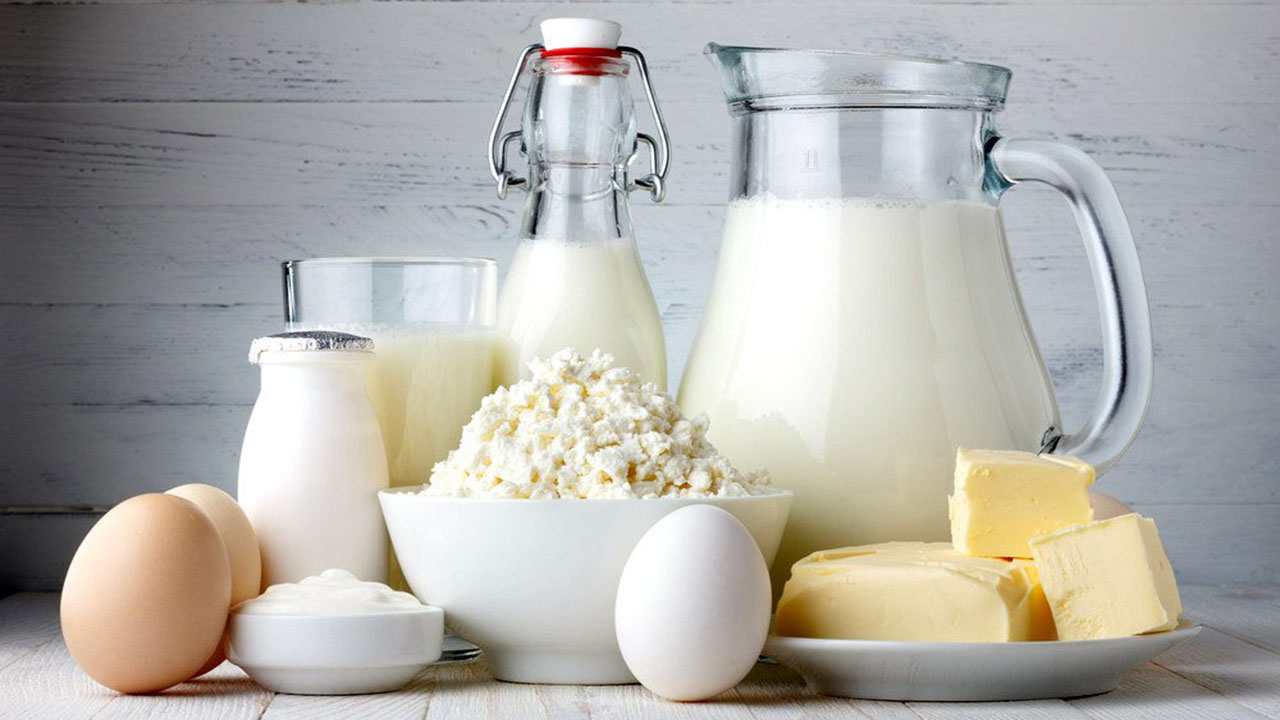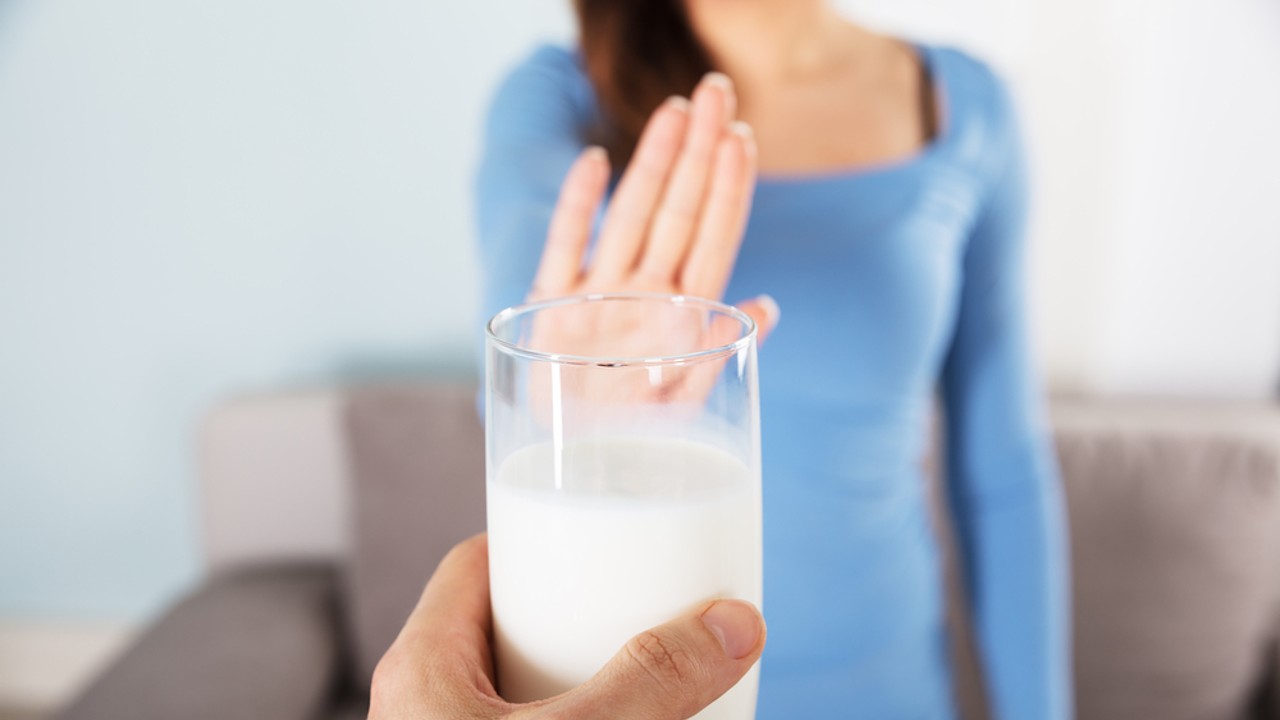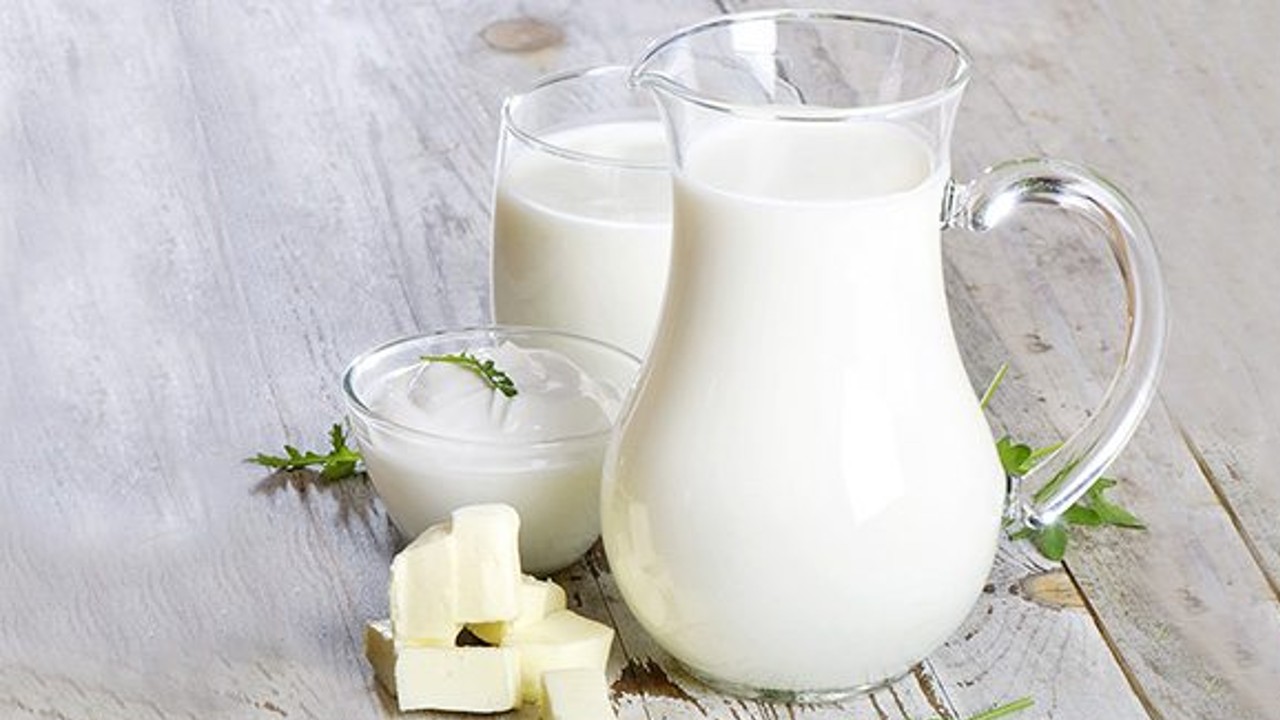We will talk about questions such as what is lactose in milk, which many of us consume, regardless of children or adults, and which we feel the lack of when it is not in our kitchen, what else is found, is it harmful, what are the harms.
It is high in terms of nutritional values and has a great role in bone development, some of us have ethical values or lactose Milk is a product that cannot be consumed due to allergies. Children’s breakfast drink, the cornerstone of some desserts, calcium source, yogurt, cheese, etc. Animal milk, which is the main ingredient of products, has lactose, which we can call natural sugar.
Milk has two types that we get from animals and plants. Lactose, on the other hand, is present in all animal milks, although the value varies according to the type of animal. Come now what is lactose, what is lactose intolerance and harms of lactose Let’s see what together.
What is lactose?
It is formed by the combination of lactose, glucose and galactose found in animal milks. Also the name ‘Milk sugar’ Also known as In Latin, “di” means two, and dissaccharide means “double sugars”. Lactose, which also has an energizing feature, can also show different and unexpected effects according to people’s stomach sensitivity.
So what is lactose intolerance?

Lactose intolerance is found in our small intestine.lactasefunction of the digestive enzyme not doing enough resulting from a type of allergy. Lactase is responsible for breaking down lactose in foods and beverages; so our body can digest it.
Lactose intolerance is caused by the inability to digest the lactose in milk and dairy products. This very common allergy affects approximately the adult population of the world. available in two-thirds. When people with lactose intolerance consume dairy products, bloating in the abdomen, nausea, gas, diarrhea and in the abdomen cramps They show symptoms that negatively affect their quality of life, such as These symptoms are from eating 30-60 minutes Then may occur. When the consumed product reaches the colon in the large intestine, it forms lactose short-chain fatty acids (SCFA) and gas, which are fermented by bacteria in the intestine. This causes bloating, gas, and pain. The severity of symptoms varies depending on how well the body can tolerate lactose and the amount of product consumed. These symptoms are fortunately short-lived. However, if it occurs frequently, it may be healthier to consume lactose-free milk.
Lactose, also found in breast milk and in fact almost every one of us is born with the ability to digest lactose. Despite this, we can develop lactose intolerance at any age. lactose intolerance not one typeThere are several types of intolerance and are caused by different factors. But lactose intolerance is characterized by a deficiency in the enzyme lactase. If left untreated, lactose intolerance can be severe. to digestive problems may cause. However, unless we consume large amounts of lactose or another condition worsened by digestive irritation caused by lactose intolerance, we are generally not affected.
Who is lactose intolerant more common?

- It usually occurs in adults. It is less common in infants and young children.
- It may develop in babies born prematurely due to the low level of lactase.
- People who have had cancer treatment have an increased risk of developing lactose intolerance due to radiation from chemotherapy.
- Conditions affecting the small intestine can cause lactose intolerance.
Different types of lactone intolerance:
- Primary lactose intolerance
- Secondary lactose intolerance
- Congenital lactose intolerance
- Developmental lactose intolerance
Primary lactose intolerance:
The most common type of intoleranceIt is caused by a decrease in lactase production with advancing age. Over time, the ability to absorb lactose is lost. This type of lactose intolerance is more common in some populations than others. partially genetic. Studies estimate that it affects less than 10% of Northern European people, about 50% of Latino and Middle Eastern people, and 80-99% of African and Asian people.

Secondary lactose intolerance:
It develops as a result of another condition affecting the small intestine where lactase is produced. The reason of this, inflammation of the intestinal wall cause a temporary decrease in lactase production. Possible causes of secondary lactose intolerance include Crohn’s disease, celiac disease, chemotherapy, ulcerative colitis and aging takes place.
Congenital lactose intolerance:
In this type of intolerance, in newborns There is congenital lactose intolerance. This condition is a rare, inherited type. For this intolerance to occur, both parents must have a specific gene mutation for congenital lactose intolerance. The mother cannot breastfeed her baby due to the lactose content in her milk. Side effects, severe diarrhea and in blood high calcium are levels.
Developmental lactose intolerance:
Usually born before the digestive system is fully developed. seen in premature babies and causes symptoms such as digestive distress. This condition usually resolves on its own as the baby grows. However, in this process, it may be necessary to use lactose-free formula instead of breast milk in the feeding of the baby.
What are the harms of lactose?

- People who are allergic to lactose may experience nausea, abdominal pain, bloating and gas problems.
- It makes digestion difficult in the large intestine.
- Continuous consumption of lactose can cause irregular eating habits.
Source :
https://www.usdairy.com/news-articles/what-is-lactose , https://www.healthline.com/nutrition/lactose-intolerance-101#basics , https://www.zararlari.org/ lactose-harms/
